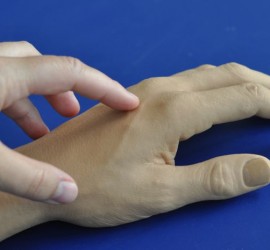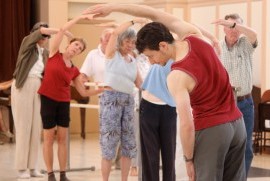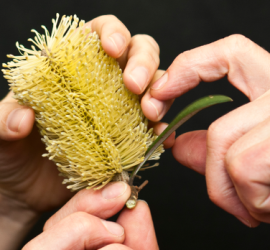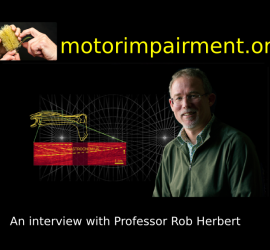Redesigning the Rubber Hand Illusion 6
Proprioception is the sense of the body’s own actions in space. Proprioception is disrupted in many clinical conditions such as dystonia, Parkinson’s disease and stroke. This disruption affects the ability of these individuals to produce “normal” movements. For years different paradigms have been used by researchers to examine proprioception. Dr. Lee […]








